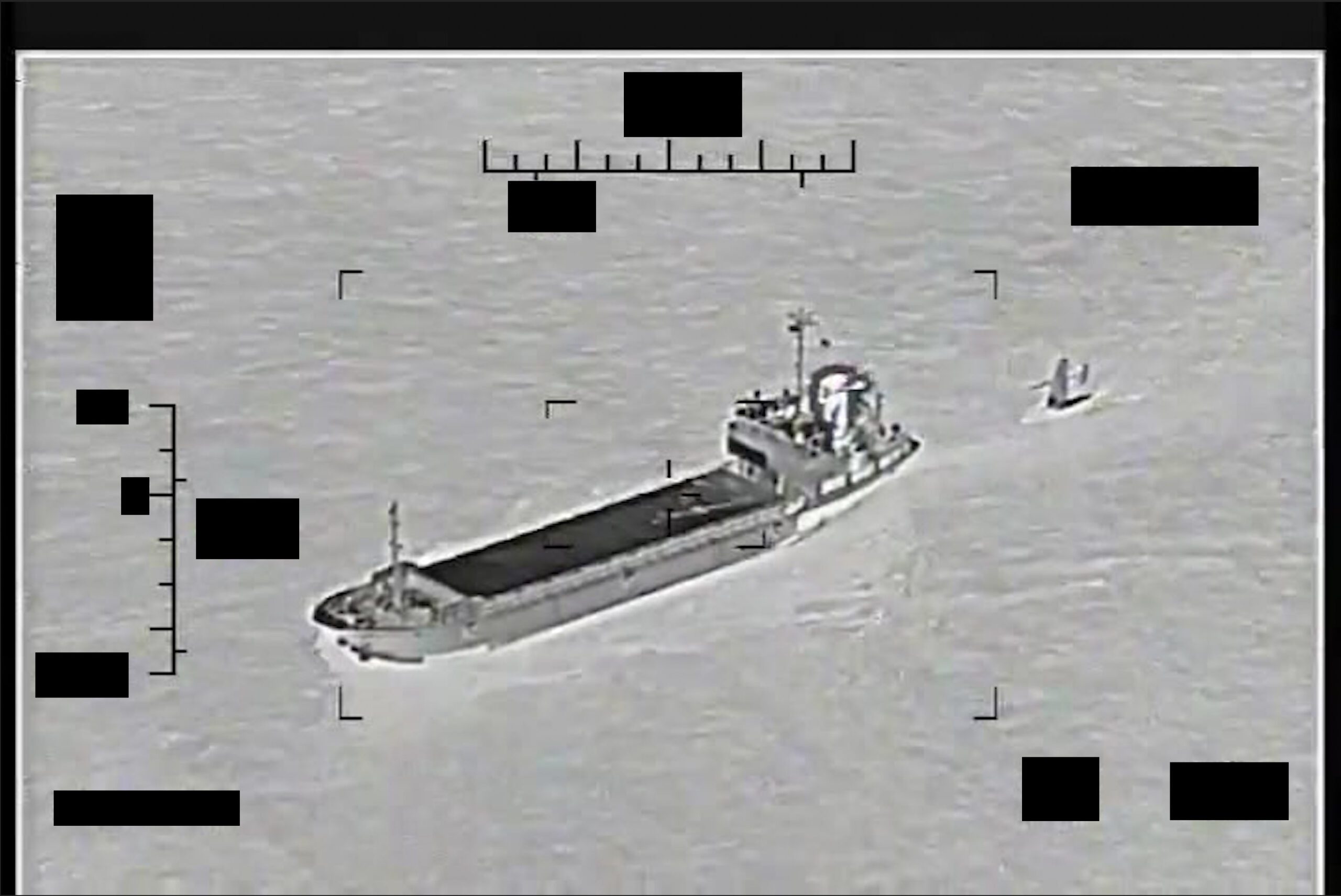The US Navy is Building a Drone Fleet to Take on China. It’s Not Going Well.
During a U.S. naval test off the California coast last month, which was designed to showcase the Pentagon’s top autonomous drone boats, one vessel stalled unexpectedly.

UPDATE: The Economic Times is reporting the ship attacked was the Liberian-flagged chemical tanker MV Chem Pluto
by John Konrad (gCaptain) Bloomberg is reporting that a ship has been attacked by a drone southwest of Veraval, India. The attack caused an explosion and fire on an unidentified ship but no casualties were reported, the United Kingdom Maritime Trade Operations (UKMTO) office said this morning. Authorities are investigating the incident and are advising ships in the area to sail with caution.
“UKMTO has received a report of an incident approximately 200NM South West of Veraval, India,” said the alert. “Attack by Uncrewed Aerial System (UAS) on a vessel caused an explosion and fire. Fire extinguished, no casualties.
This is the second warning the UKMTO has issued in the last 24 hours. Yesterday gCaptain reported that a dhow has been hijacked by heavily armed personnel off Eyl, Somalia. If confirmed, the hijacking would mark the third hijacking of a dhow off the coast of Somalia in the past month. During the height of Somali piracy more than a decade ago, pirates would use dhows as “motherships” to launch attacks against merchant shipping far from shore.
The US Maritime Administration (MARAD) has yet to confirm either incident or issue an alert.
Recent developments in the Red Sea region have escalated tensions and uncertainty in global maritime trade. While the perpetrators of the latest attack remain unidentified, it’s increasingly evident that this incident may signal the spread of low-cost drone weapons from use by Ukraine against military targets in the Black Sea to use by Houthi rebels against civilian shipping in Red Sea to points further east.
The increasing use of attack drones in maritime conflicts raises crucial questions about global maritime security. Specifically, there is growing concern about whether this tactic could extend to the world’s most bustling ports and critical maritime choke points, potentially disrupting global trade and shipping routes.
This possibility poses a significant challenge: Are the Coast Guards and local maritime authorities across the globe adequately prepared, both in terms of counter-drone training and equipment, to find and neutralize drone attacks offshore? The effectiveness of current defenses against such unconventional threats is under scrutiny due to the high cost of deploying naval warships like the USS Carney.
Do anti-air escort warships need to be large and expensive? Or should Coast Guards consider deploying assets like Ukraine’s newly-commissioned Gyurza-M-class gunboat Bucha, today serving as an additional air defense asset for the city of Kyiv?

Sign up for gCaptain’s newsletter and never miss an update

Subscribe to gCaptain Daily and stay informed with the latest global maritime and offshore news


Stay informed with the latest maritime and offshore news, delivered daily straight to your inbox
Essential news coupled with the finest maritime content sourced from across the globe.
Sign Up